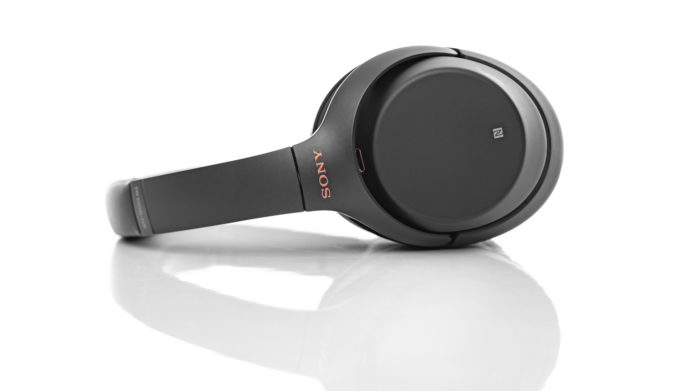Way back in 1933, Dr. Paul Lueg made a discovery that would someday change the audio industry forever: by playing the opposite frequency of a sound wave, he could effectively cancel it out as if it were never there. That discovery? Noise cancelation. It took until the middle of the century for the tech to see its first implementation, as headphones to protect the hearing of helicopter pilots. Fast forward another half-century to 2006 and Bose had only just begun to produce noise-canceling headphones for consumers. In the almost 20 years since, noise canceling has become the biggest buzzword in headphone-dom, popping up in everything from the high-price kingfisher Sony WH-1000XM5 to the lowly JBL Tune 660NC. This marketing frenzy has helped spread a useful technology and, as is the case with most advertising, a ton of misinformation.
****
Don’t get us wrong, noise-canceling headphones are a game-changer, and practically a necessity for living in noise-polluted cities. They’ve come a long way from being just a niche luxury product tucked away in magazine ads. Now, virtually all major headphone manufacturers offer their own spin on it. But before you sink some serious money into a quality pair of noise-canceling cans, know what they can and can’t do, and don’t let all that marketing jargon mislead you. Let’s look at the 10 most pervasive myths about noise-canceling headphones that need to go the way of the dodo.


